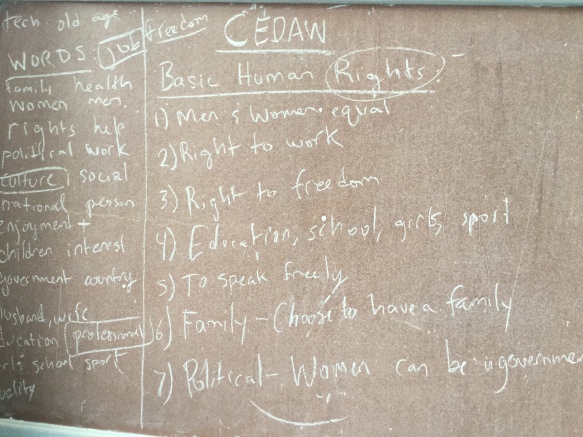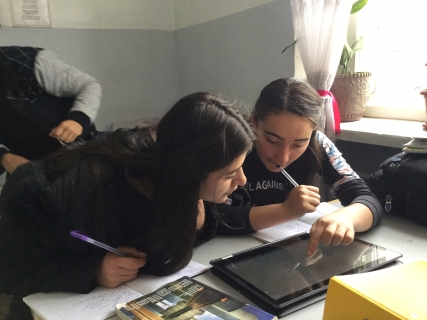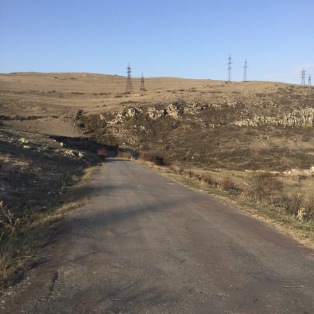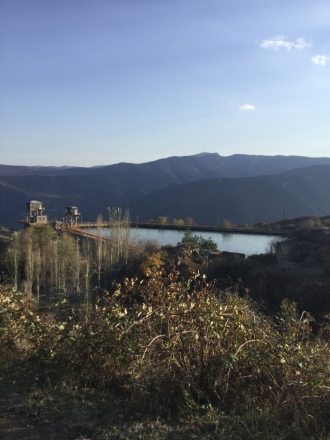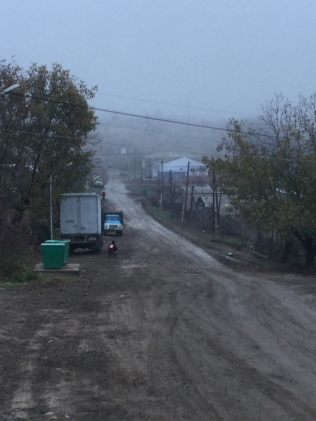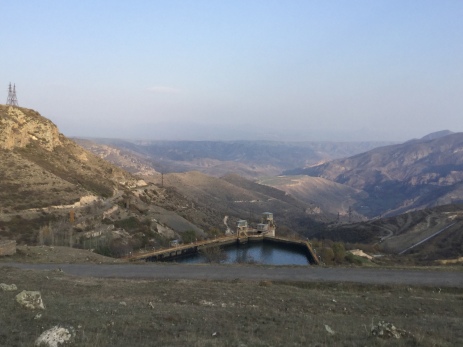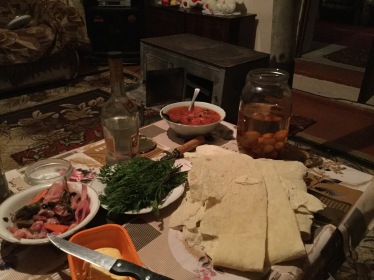Some of you might already know that I was medically separated from Peace Corps in early April. I might have told some folks other stories about why I came home 2 months early, but I wasn’t ready to talk about things yet. So this will be one of my last Peace Corps stories (I might do a reflection story over the next few days), but lucky for you folks, there are many more adventures on the horizon.
Long story short, I was assaulted by another volunteer and was experiencing some nasty PTSD and anxiety over it. Things are getting better now… And no worries, the other volunteer is no longer serving in the Peace Corps. I told the in-country staff what happened to me, and after a long and fairly painful process, the person was punished for what he did to me.
I want to say a few things about this. Not too many details because that’s not important, but a few things. First of all, the in-country Peace Corps staff who helped me when I told them I needed help were amazing. They have the biggest hearts in the world, amazing endless patience, and made me feel so cared for and safe. So… if any of you Armenia volunteers experience something like I did, this assault by another volunteer, know that you are safe with staff. They are truly amazing people.
Second, these last few months have been really, really difficult. I’ve felt like my service was taken away from me, I felt cheated, weak, sad, and angry. These past few days, though, that feeling that I had my service taken away from me are fading, though. Now, my thoughts are more along the lines of… I sacrificed the end of my service to do the right thing. I didn’t lose the end of my service, I just ended it differently, by doing the bravest thing I’ve ever done in my life. What a way to end it, though. I left America 27 months ago imagining that I’d come back braver, more sure of myself, and better able to stick up for myself, and I went above and beyond what I thought I would be able to do. I surprised myself at my strength, even though it didn’t feel like it at every moment, here we are at the end. I’m proud of myself. It took me a while to get to this point. But ya. I’m proud of myself. Sometimes I still can’t believe that I was brave enough to tell Peace Corps who did it, but I’m very happy and grateful that I did find that strength.
Lastly… I want to remind the Peace Corps men and women that you folks are a family. We are family. Don’t assault each other. Love each other like brothers and sisters or more if you want to but don’t hurt each other like that please. Sometimes, we were all each other had. Respect each other. Support each other. I had amazing support from my fellow volunteers and I am beyond thankful for those people. Keep being good people. Keep putting the “peace” in Peace Corps 🙂
If any of you find yourself in the position that I was in and want advice on the standard reporting process or an ear, I am here for you. Leave a comment on my blog, and when I receive notification to approve it, I won’t publish it and will respond to you via email.
So that’s all. I’m healing. I’m taking my well-deserved close of service trip. Its DAY TWO of Marrakech, Morocco سيارا في المعرب I’m visiting the piece of my heart that I left here. More stories to come.
AND AMAZING NEWS…. Elaine has her own Instagram. She is elaine.little.meow and she wants to be a viral kitty, so you should all follow her 😀


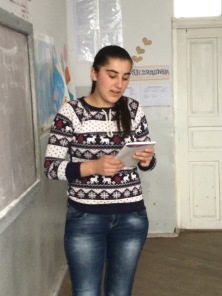
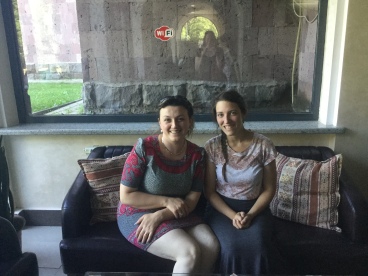
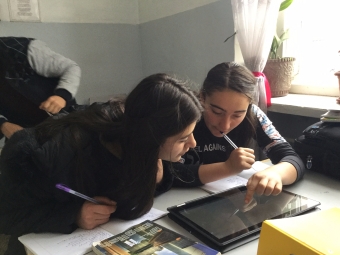
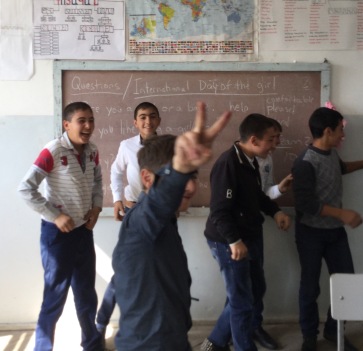
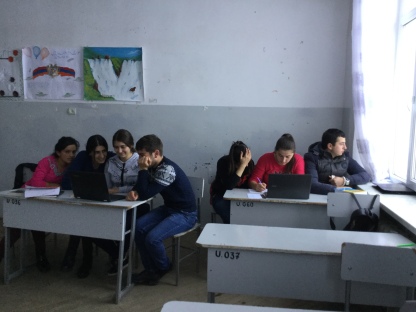
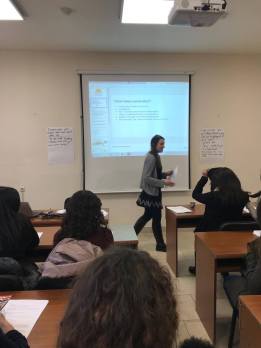
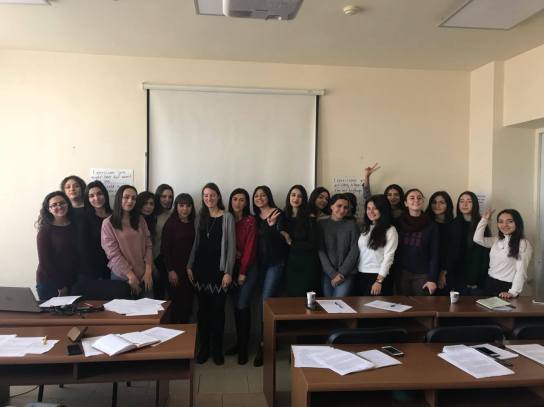
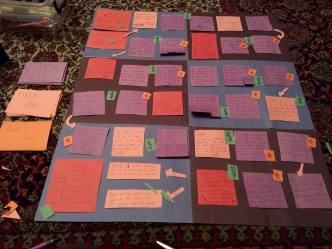





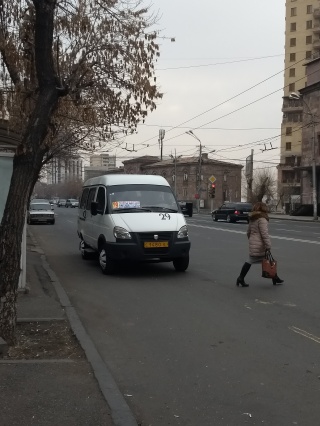
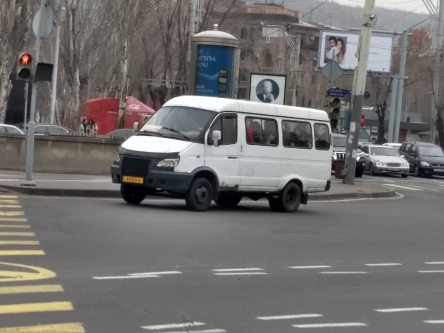
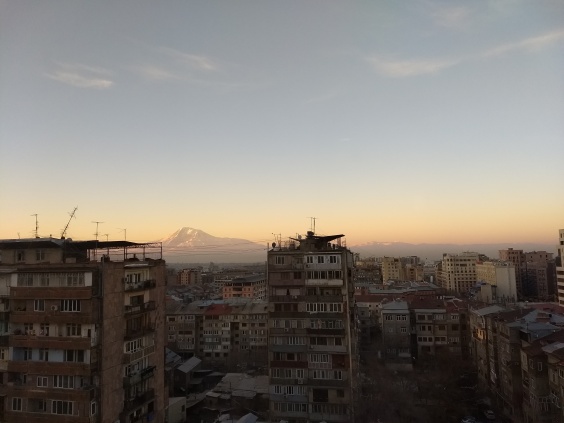
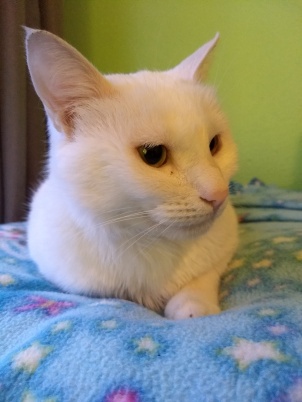
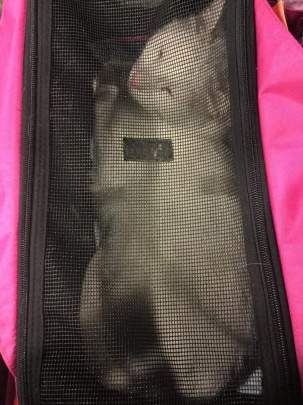
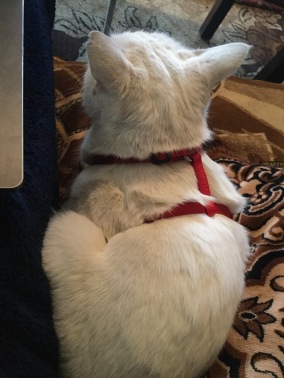
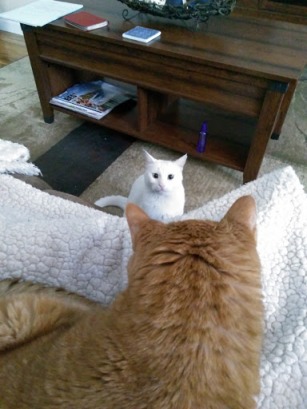






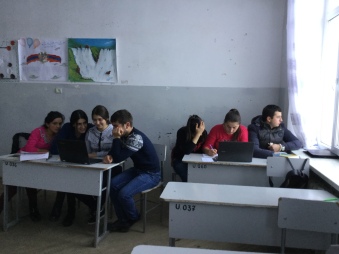
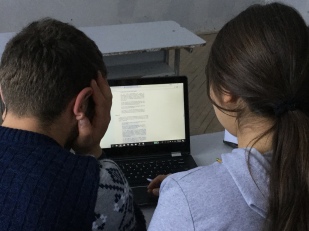 First of all, I’m very proud that my students have gotten to the point where they can ask these questions– this is a win for the debate team. Even if there is no way that they can answer this question, I’m very happy that they’re asking things like this because that means that they’re thinking, something that my counterpart and I worked very hard to help them learn how to do. But that’s not all. This whole semester, along with our debates, my classes have been learning how to read, summarize, and talk about our opinions on texts, starting with simple, fiction books, and working towards simplified articles that talk about things related to women and equality. Next semester, we’re going to learn how to find sources on our own to support our arguments. So, to introduce them to this, we did a Google search to find out what Armenia thinks about men and women and equality . . . found that Armenia has signed a treaty called CEDAW with the United Nations. Of course, they wanted to know what it said.
First of all, I’m very proud that my students have gotten to the point where they can ask these questions– this is a win for the debate team. Even if there is no way that they can answer this question, I’m very happy that they’re asking things like this because that means that they’re thinking, something that my counterpart and I worked very hard to help them learn how to do. But that’s not all. This whole semester, along with our debates, my classes have been learning how to read, summarize, and talk about our opinions on texts, starting with simple, fiction books, and working towards simplified articles that talk about things related to women and equality. Next semester, we’re going to learn how to find sources on our own to support our arguments. So, to introduce them to this, we did a Google search to find out what Armenia thinks about men and women and equality . . . found that Armenia has signed a treaty called CEDAW with the United Nations. Of course, they wanted to know what it said.